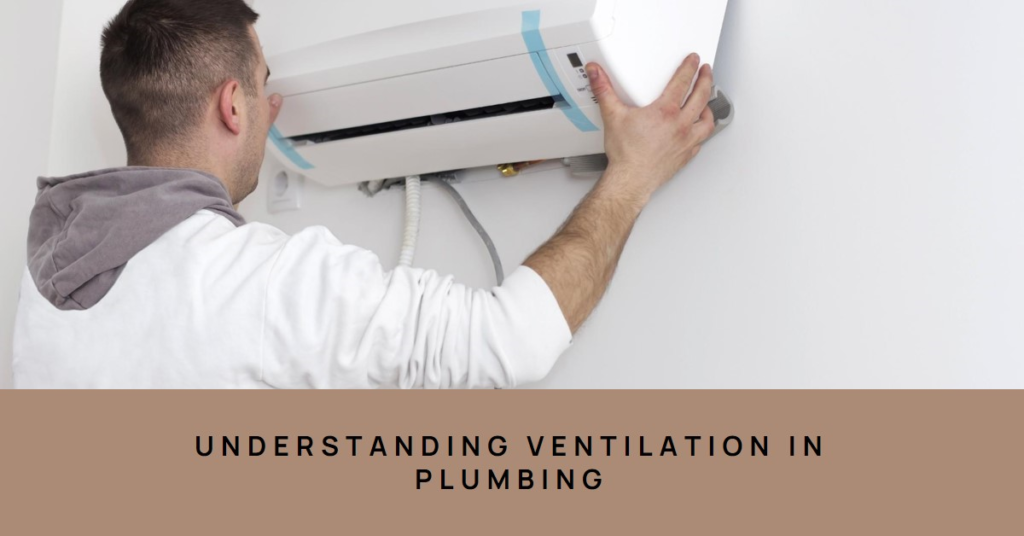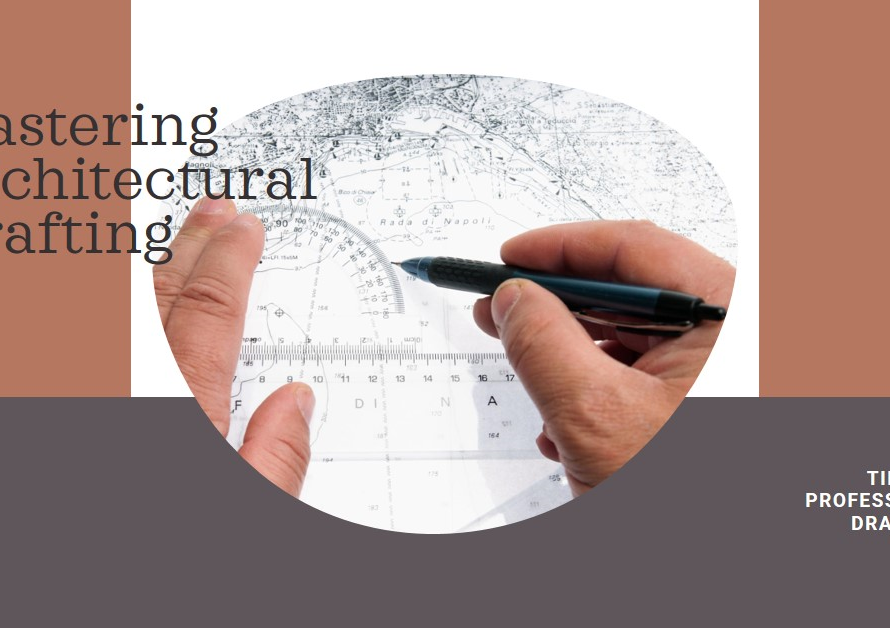
Table of Contents
- Introduction to Plumbing Ventilation:
- The Basics of Plumbing Ventilation:
- Preventing Sewer Gas Infiltration:
- Maintaining Water Traps:
- Enhancing Drainage Efficiency:
- Reducing Noise and Vibrations:
- Compliance with Building Codes:
- The Role of Professional Plumbers:
- Future Trends in Plumbing Ventilation:
- Conclusion:
Introduction to Plumbing Ventilation:
Plumbing systems are an essential part of modern infrastructure, ensuring the efficient and sanitary removal of waste and the supply of clean water. One often overlooked yet critical aspect of these systems is plumbing ventilation. Proper venting is necessary to maintain the functionality and safety of plumbing systems. It ensures that waste flows smoothly and prevents harmful gases from entering living spaces.
Plumbing vents, also known as vent stacks, play a pivotal role in the overall plumbing network. These vents allow air to enter the plumbing system, which balances the pressure within the pipes. Without adequate ventilation, a plumbing system can experience a range of problems, from slow drainage to hazardous gas buildup.
The Basics of Plumbing Ventilation:
Understanding the basics of plumbing ventilation is crucial for anyone involved in plumbing, whether as a professional or a homeowner. Plumbing vents connect to the drainage pipes and extend to the outside of the building, usually through the roof. These vents provide a pathway for air to enter and exit the plumbing system.
The primary function of plumbing vents is to prevent the formation of negative pressure within the pipes. Negative pressure can cause water in traps to be siphoned out, leading to the escape of sewer gases into the living spaces. By allowing air to flow freely, vents ensure that waste and wastewater are transported efficiently through the drainage system.
Preventing Sewer Gas Infiltration:
One of the most critical reasons for plumbing ventilation is to prevent the infiltration of sewer gases into homes and buildings. Sewer gases, which include methane and hydrogen sulfide, are not only unpleasant but also dangerous. Methane is highly flammable, and hydrogen sulfide can be toxic at high concentrations.
Properly vented plumbing systems prevent these gases from accumulating inside the building. The vents provide an escape route for sewer gases, directing them safely out of the building. This aspect of plumbing ventilation is crucial for maintaining indoor air quality and ensuring the health and safety of occupants.
Maintaining Water Traps:
Water traps, also known as P-traps, are essential components of plumbing systems designed to prevent sewer gases from entering living spaces. These traps hold a small amount of water, which acts as a barrier between the sewer system and the interior of the building. However, for water traps to function correctly, they need to be supported by proper venting.
Without adequate ventilation, the pressure within the drainage system can cause the water in traps to be siphoned away. This process, known as trap siphonage, can render the traps ineffective, allowing sewer gases to pass through. Plumbing vents maintain the necessary pressure balance, ensuring that water traps remain filled and functional.
Enhancing Drainage Efficiency:
Efficient drainage is a hallmark of a well-designed plumbing system. Plumbing vents play a significant role in enhancing the drainage efficiency of a building. When wastewater flows through pipes, it displaces air. If this displaced air has no way to escape, it can create a vacuum, slowing down the drainage process.
Vents provide an outlet for this displaced air, allowing wastewater to flow freely and rapidly through the pipes. This not only improves the overall efficiency of the plumbing system but also reduces the likelihood of clogs and blockages. Proper venting ensures that water and waste are quickly removed, maintaining the hygiene and functionality of the plumbing system.
Reducing Noise and Vibrations:
Plumbing systems that lack adequate ventilation often produce excessive noise and vibrations. As water and waste travel through the pipes, they can create airlocks and pressure imbalances. These issues result in gurgling sounds, rattling pipes, and vibrations that can be both annoying and concerning for occupants.
Properly vented plumbing systems minimize these disturbances by allowing air to flow freely and balance the pressure within the pipes. This reduces the occurrence of airlocks and pressure-related noises, resulting in a quieter and more pleasant environment. Venting ensures that the plumbing system operates smoothly and silently.


Compliance with Building Codes:
Building codes and regulations universally require proper plumbing ventilation. These codes are established to ensure the safety, functionality, and hygiene of plumbing systems in residential and commercial buildings. Compliance with these codes is mandatory for all plumbing installations and renovations.
Adhering to building codes regarding plumbing ventilation is not just a legal requirement but also a best practice for ensuring the long-term performance of the plumbing system. Properly vented systems are less likely to encounter issues such as slow drainage, sewer gas infiltration, and trap siphonage, ultimately saving time and money on repairs and maintenance.
The Role of Professional Plumbers:
Professional plumbers play a crucial role in designing, installing, and maintaining properly vented plumbing systems. Their expertise ensures that vents are correctly positioned and adequately sized to meet the needs of the building. Plumbers understand the intricacies of plumbing codes and standards, ensuring that every aspect of the system complies with regulations.
In addition to installation, professional plumbers can diagnose and fix venting issues in existing systems. Whether it’s a blocked vent stack or an improperly designed system, plumbers have the skills and tools to address these problems efficiently. Their role is indispensable in maintaining the integrity and functionality of plumbing systems.
Future Trends in Plumbing Ventilation:
As technology and building practices evolve, so do the methods and materials used in plumbing ventilation. Innovative solutions are being developed to improve the efficiency and sustainability of plumbing systems. For instance, air admittance valves (AAVs) are becoming increasingly popular as alternatives to traditional vent stacks. These valves allow air to enter the plumbing system without the need for roof penetrations, simplifying installation and reducing costs.
Moreover, advancements in building materials and construction techniques are enhancing the durability and performance of plumbing vents. Green building practices are also influencing the design of plumbing systems, emphasizing the importance of water conservation and energy efficiency. The future of plumbing ventilation lies in integrating these innovations to create more effective and sustainable systems.
Conclusion:
Plumbing ventilation is a critical component of any plumbing system, ensuring its efficiency, safety, and compliance with building codes. Proper venting prevents sewer gas infiltration, maintains water traps, enhances drainage efficiency, reduces noise and vibrations, and supports the overall functionality of the system. Professional plumbers are essential in designing and maintaining these systems, while future trends promise to bring even greater advancements in plumbing ventilation technology. Understanding and prioritizing plumbing ventilation is key to ensuring a safe, efficient, and sustainable plumbing infrastructure.


